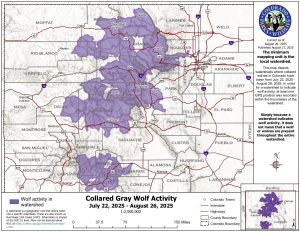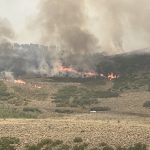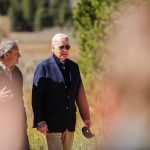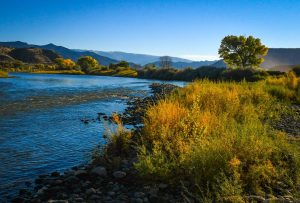Wolf movement continues across Western Colorado and some Front Range watersheds in new map
Colorado Parks and Wildlife releases latest watershed map showing collar data from wolves
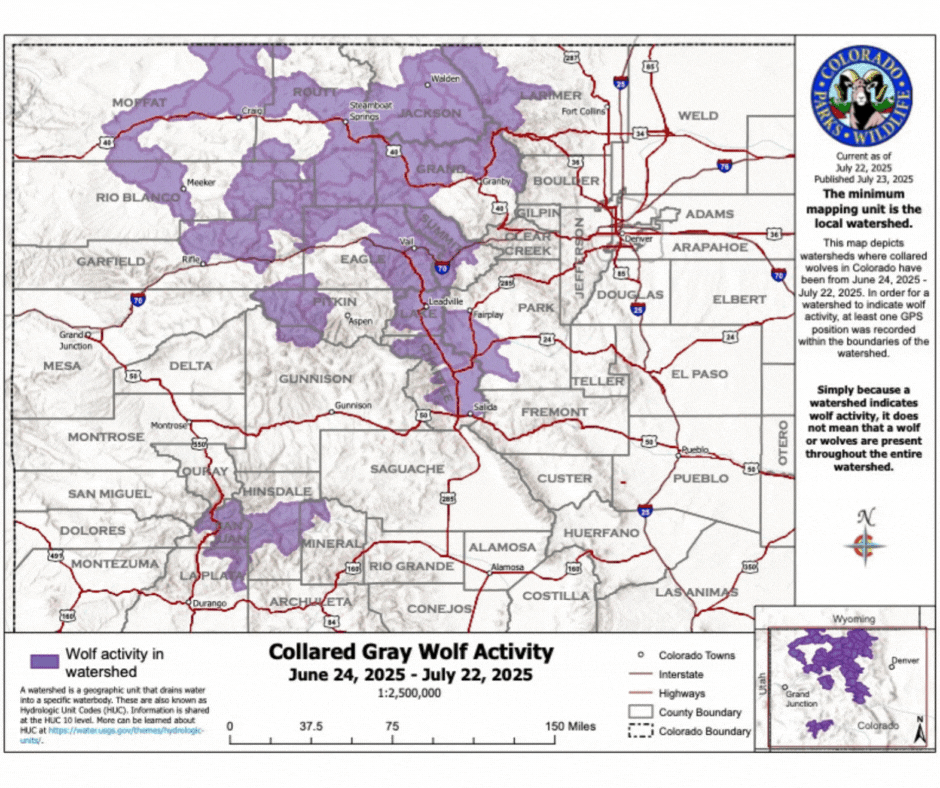
Colorado’s collared gray wolves are primarily sticking to Western Slope watersheds, with some exploration toward the east.
In the latest map from Colorado Parks and Wildlife — which shows the watersheds where the state’s collared gray wolves were located between July 22 and Aug. 26 — wolves checked out northwest areas in Routt, Jackson, Rio Blanco, Grand, Summit, Eagle, Lake and Pitkin counties.
Similar to activity in the past few months, the collared animals also pressed into more southern watersheds within Chaffee, Gunnison, Delta, Mineral, Hinsdale, Rio Grande, San Juan, La Plata and Archuleta counties.
Parks and Wildlife has indicated that its next wolf release will occur in its southern release zone, as identified in Colorado’s wolf management plan, after the first two releases took place in the northern zone.
The GPS collars also showed that some wolves were in watersheds that brush up against the western edge of the Front Range, including Clear Creek, Gilpin, Boulder and Jefferson counties.
If a watershed is highlighted, it means that at least one GPS point from one wolf was recorded in that watershed during the 30 days. GPS points are recorded every four hours or so.
In the last month, Parks and Wildlife confirmed that a female wolf — one brought to Colorado from Oregon in 2023 — died after traveling to Wyoming. This was the third wolf to die this year in Wyoming, and the ninth death of the reintroduced wolves overall.
The majority of Colorado’s reintroduced wolves continue to explore outside of established packs. However, Parks and Wildlife has confirmed four packs as well as minimum pup counts for some of the groups.
The Copper Creek Pack — which had five pups in 2024, one of which was killed by Parks and Wildlife this year in connection to livestock attacks in Pitkin County — had an additional den this spring as the pack’s original matriarch mated with a male wolf from British Columbia. Currently, the pack is in Pitkin County, and the number of new pups is unknown.
The King Mountain Pack is located in Routt County, with Parks and Wildlife confirming at least four pups born to the group. The One Ear Pack is located in western Jackson County, and the wildlife agency said it has at least six pups. The Three Creeks Pack in Rio Blanco County has an unknown number of pups.
In addition to the collared wolves brought into Colorado, some are continuing to make their way organically. In late July, Parks and Wildlife was made aware of an uncollared wolf in Rio Blanco County that attacked and killed several sheep. The wolf has since been connected to four confirmed attacks between July 20 and Aug. 16. Since the situation met the agency’s definition of chronic depredation and merited Parks and Wildlife to kill the wolf, it attempted to locate it. However, after an attempt to locate and euthanize the animal, in which agents fired a shot, Parks and Wildlife and its partners from the U.S. Department of Agriculture’s Wildlife Services were unable to locate the wolf and called off their efforts to do so.
With the map release, Parks and Wildlife stated that its staff are continuing to monitor dens to establish not only a minimum count of pups, but a minimum count of the state’s wolf population. These minimum counts will be published in its annual biological year reports, the latest of which was published in June and covered April 1, 2024, to March 31, 2025. This set the minimum count at 29 wolves. Since March 31, however, six wolves have died and more have been born.


Support Local Journalism

Support Local Journalism
Readers around Glenwood Springs and Garfield County make the Post Independent’s work possible. Your financial contribution supports our efforts to deliver quality, locally relevant journalism.
Now more than ever, your support is critical to help us keep our community informed about the evolving coronavirus pandemic and the impact it is having locally. Every contribution, however large or small, will make a difference.
Each donation will be used exclusively for the development and creation of increased news coverage.

